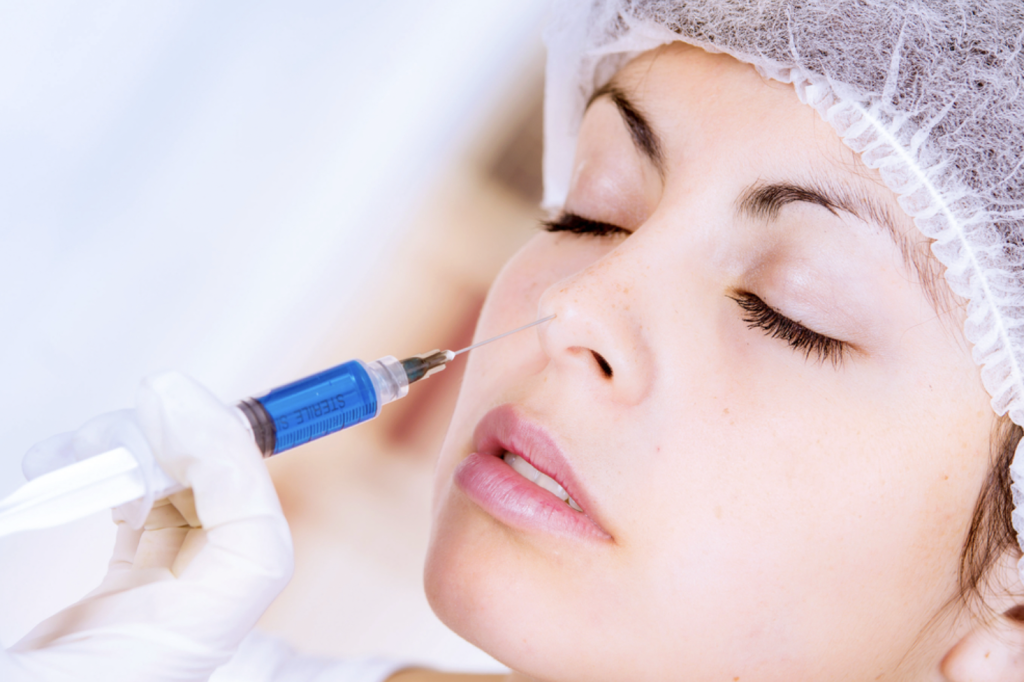Rhinoplasty promises enhanced facial aesthetics and improved self-confidence, but you must consider its potential side effects. This article aims to guide you through Rhinoplasty Turkey side effects, ensuring you are well-equipped to make an informed decision.
Immediate Post-Surgical Effects
After the surgery, it’s common for you to experience:
- Pain and discomfort: As your surgeon prescribes, over-the-counter painkillers can help manage this.
- Swelling around the nose and eyes usually subsides within a few weeks.
- Bruising and changes in skin coloration: Cold compresses can aid in reducing these effects.
Breathing Difficulties
Breathing problems following rhinoplasty can concern many patients, especially since the nose’s primary function is facilitating breathing. Let’s delve deeper into this topic:
Nasal Congestion Or Blockage.
Immediately after the surgery, the swelling of the nasal tissues and internal nasal splints can lead to a feeling of nasal congestion. This blockage is temporary and usually begins to improve after the first week. Saline sprays and keeping the head elevated can aid in reducing this congestion.
Deviated Septum Concerns:
The septum is the cartilage and bone divider between the two nostrils. While rhinoplasty aims to address and correct a deviated septum in many cases, there is a slight chance that the surgery could lead to septum deviation or not fully repair an existing one. This can result in breathing difficulties and might require additional surgical intervention.
Duration And Potential Solutions:
If breathing difficulties persist beyond the initial post-operative weeks, addressing this with your surgeon is crucial. They suggest waiting for further healing, or if there’s a structural issue, discuss potential solutions, including revision surgery.
Changes in Skin Sensation
Any surgical intervention can lead to changes in skin sensation, and rhinoplasty is no exception. Here’s a closer look:
Numbness Or Tingling
Post-surgical numbness is common, especially on the tip of the nose and surrounding areas. This occurs due to the disruption of minor sensory nerves during surgery. Over time, as these nerves heal and regenerate, the numbness usually fades, and normal sensation begins to return.
Itching Or Heightened Sensitivity:
You might experience itching around the surgical site as the healing progresses. This is a natural part of the healing process. On the other hand, heightened sensitivity can occur as the nerves recover and can be a bit more discomforting but usually subsides with time.
Expected Duration And When To Consult Your Surgeon:
Numbness, tingling, and itching can last several weeks to months. However, if these sensations persist beyond six months or you experience severe pain, you must consult with your surgeon.
Managing Altered Sensations
Gentle massages (as recommended by the surgeon) can help with blood circulation and might assist in returning normal sensations. Avoiding extreme temperatures and protecting the nose from direct sunlight can also aid healing.
Asymmetry and Aesthetic Issues
While rhinoplasty aims to improve facial symmetry and aesthetics, there can be instances where results don’t meet initial expectations. Post-operative swelling can initially distort the nose’s appearance, leading to perceptions of crookedness or disproportion. It’s essential to understand that the final shape will emerge only after the swelling has fully subsided, which can take up to a year.
If, after the healing process, you’re still dissatisfied with the appearance or notice significant asymmetry, a revision rhinoplasty might be discussed. This is not uncommon but does require careful consideration.
Rhinoplasty, while transformative, comes with its set of potential side effects. You must be fully informed and maintain open communication with your medical professional. Balancing desired outcomes with potential risks ensures you navigate this journey confidently and clearly.
